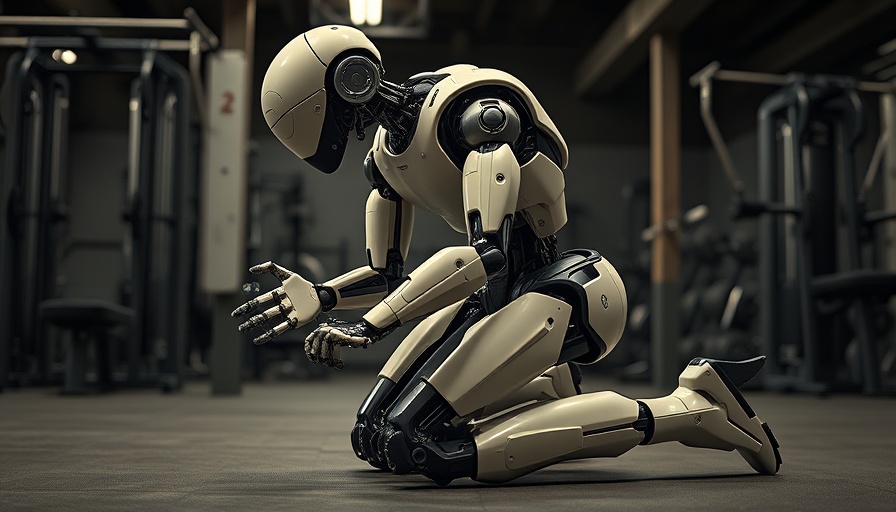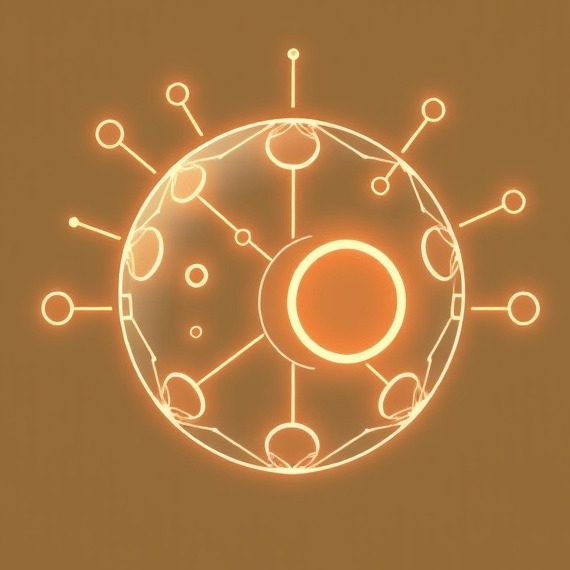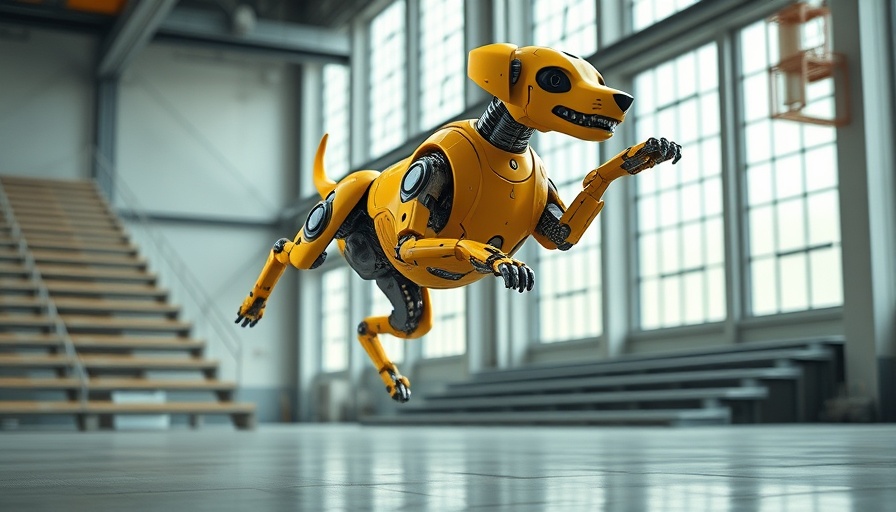
Understanding Moravec's Paradox: Why Robots Struggle with Simple Tasks
Humans excel at tasks that seem simple, like social interactions and motor skills, while robots can effortlessly crunch numbers. This phenomenon is known as Moravec's paradox, highlighting a fascinating irony in robotics. A prime example is Atlas, the humanoid robot, which embodies this paradox by performing large-scale calculations but grappling with basic perception.
In 'Perception and Adaptability | Inside the Lab with Atlas,' the breakdown of robotic perception and adaptability prompts an exploration of how such technology is influencing our understanding of human-like robots.
Perception and Adaptability: The Core Challenges for Robots
Atlas's adaptability hinges on its ability to perceive constantly changing environments. The ability to locate an object in a cluttered space—a remote in a living room with pets and children around—illustrates the difficulties involved in real-time adaptation. The robot's perception system combines AI and classical methods to assess its surroundings and determine object positioning. Without this perceptive capability, the risk of failure increases significantly.
Real-Time Adjustments: Overcoming Environmental Challenges
Atlas employs numerous techniques to accurately interpret its environment. For instance, when dealing with complex tasks that require picking objects from unusual locations, it often has to reposition itself to ensure optimal visibility. This creative problem-solving showcases how robots utilize real-time perception to adjust their actions dynamically in response to their surroundings.
The Future of Robotics: Moving Towards Physical Intelligence
As technology evolves, robots like Atlas represent a shift from task-specific models to broader systems capable of learning and adapting. The focus is now on integrating various data sources—visual, linguistic, and physical—to foster a deeper understanding of the world they operate in. This transition from spatial AI to physical intelligence hints at a future where robots can tackle a wider array of tasks effectively.
 Add Row
Add Row  Add
Add 




Write A Comment